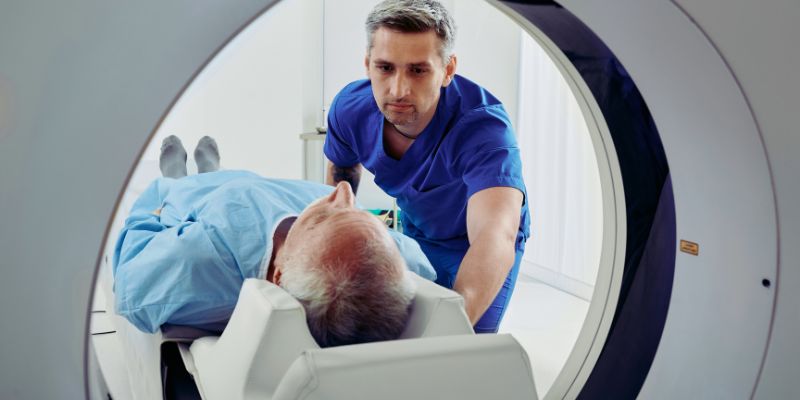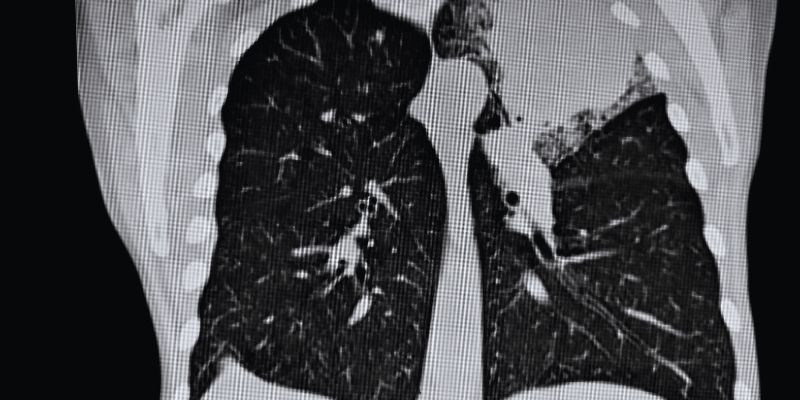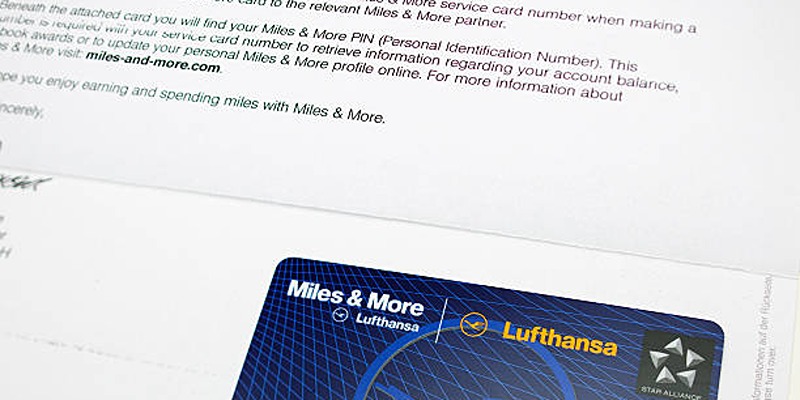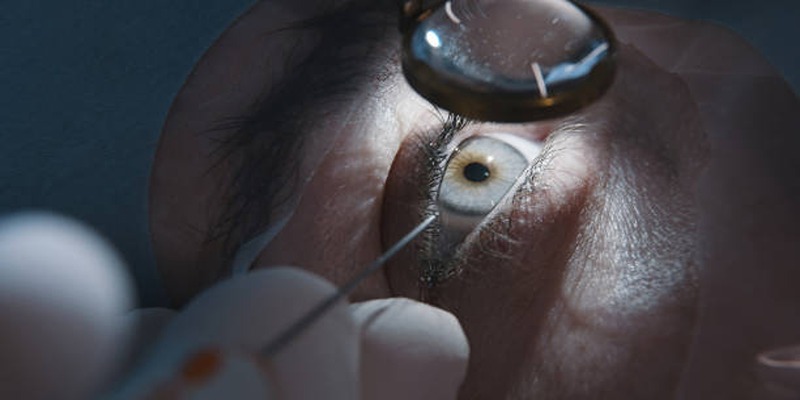Lung Cancer: Understanding The Role of CT Scans in Early Diagnosis
Among cancer-related mortality worldwide, lung cancer ranks first. Improving survival rates calls for early detection. Early lung cancer detection is now much aided by low-dose computed tomography (CT) scans. These scans give patients a better chance of treatment success by helping detect malignancies before symptoms start. Non-invasive and offering finely detailed images of the lungs, CT scans can find anomalies possibly missed on a standard chest X-ray.
This guide investigates the function of CT scans, who should get screened, and their role in early lung cancer detection. Additionally, possible hazards and the advantages of early detection will be covered. Knowing these elements lets people decide on their health with knowledge. Early discovery can save lives; in this fight against lung cancer, CT scans are a great weapon.

How do CT Scans Work?
Modern imaging techniques in CT scans produce finely detailed cross-sectional pictures of the lungs. With regular X-rays, these pictures enable doctors to spot anomalies too small for human detection. The patient lies on a table, sliding into a circular machine during the operation. The scanner circles the body, gathering several pictures from many angles. These pictures are blended to offer a comprehensive view of the lungs. Low-dose CT scans are intended especially for lung cancer screening.
Their far lower radiation level than conventional CT scans reduces patient danger. For regular screenings, this function makes them a safer choice, particularly for those who have a high risk of lung cancer. Simple, quick, and painless is the procedure. Most scans take less than ten minutes to complete. Scan results can identify possible issues, such as minor nodules or growths, that can call for more research. Early lung cancer treatment chances are much enhanced by early detection by CT scans.
Who Should Consider CT Screening?
Those with a great chance of lung cancer development can benefit from CT scanning. Not everyone needs it; doctors base their advice on particular risk factors. Usually, high-risk people are those who smoke long-term. Usually comprising those between the ages of 50 and 80, this group has a history of heavy smoking. One pack of cigarettes a day for twenty years or more defines heavy smoking. Those who quit smoking within 15 years could be eligible for screening.
Other risk factors include extended exposure to radon, secondhand smoking, or dangerous chemicals like asbestos. Furthermore deserving of screening is a family history of lung cancer, which raises one's risk of the disease. Healthcare professionals assess personal risk factors to ascertain whether CT scanning is suitable. Early diagnosis by low-dose CT scans is vital for high-risk groups. Early-stage lung cancer diagnosis significantly increases treatment success and survival rates, therefore stressing the need for focused screening initiatives.
What Are The Benefits Of Early Detection?
Early lung cancer diagnosis will greatly raise the chances of survival. Early-stage cancer diagnosis affects treatment choices; they are less invasive and more successful. Often, CT scans find malignancies before symptoms start. Usually, at this phase, cancer is localized and easier to treat. Treatments like radiation, chemotherapy, and surgery have more success rates in these circumstances. Low-dose CT scans have been found in studies to cut lung cancer mortality in high-risk populations by up to 20%. It emphasizes the need for early screening as a preventive step.
Early diagnosis lessens advanced cancer's mental and physical effects as well. It usually implies avoiding more forceful therapies, which are generally required in later phases of the disease. Patients have a better chance of recovery and can choose less demanding treatments. Screening allows people additional time to weigh treatment alternatives, get second views, and make wise decisions regarding their healthcare. Saving lives and enhancing results in lung cancer treatment depends on early detection of this disease.

Potential Risks of CT Screening
CT scans have several possible hazards, even if they provide many advantages. Before having a screening, one should be aware of these hazards. False-positive outcomes raise one issue. Apart from cancer, CT scans could find anomalies. It can result in pointless testing or intrusive biopsies. These follow-up examinations could make one physically uncomfortable and anxious. Radiation exposure raises still another issue. Low-dose CT scans emit less radiation, but repeated exposure remains dangerous.
However, early detection of lung cancer usually pays off more than any danger. Another possible problem is overdiagnosis. Sometimes, scans find slow-growing cancers that might never create damage or symptoms. Treating these conditions can result in pointless medical operations. Patients should bring these hazards up with their doctor. It guarantees a well-informed choice grounded on personal health criteria.
CT Scans vs. Traditional X-rays
Early lung cancer detection by CT scans is more successful than by conventional chest X-rays. Small tumors or anomalies that would point to early-stage cancer sometimes elude X-rays. It can postpone diagnosis and treatment, lowering the possibility of favorable results. Conversely, CT scans show the lungs in greater clarity. Crucially for early discovery, they can identify nodules as tiny as a few millimeters. X-rays are less dependable for early diagnosis since they usually only indicate advanced disease or bigger masses.
Studies reveal that in high-risk individuals, CT scans raise survival rates. Early identification increases the possibility of success by allowing faster and more efficient therapy. On the other hand, depending just on X-rays could cause missed diagnoses and few treatment choices. Although CT scans cost more than X-rays, their accuracy and capacity to identify cancer early on make them the recommended tool for lung cancer screening. Investing in CT scans guarantees improved results through early detection and more efficient treatment choices.
Conclusion:
Particularly for high-risk patients, early identification of lung cancer depends critically on CT scans. Their thorough, cross-sectional pictures allow one to spot tiny cancers undetected by conventional X-rays. Early low-dose CT scan diagnosis greatly increases therapy success and survival rates. Although CT scans have some possible hazards, such as false positives and radiation exposure, the advantages of early diagnosis usually exceed these issues. Better results from CT scans guarantee their significance as a potent weapon in the battle against lung cancer. Investing in them guarantees Early discovery, increases treatment efficacy, and saves lives.











